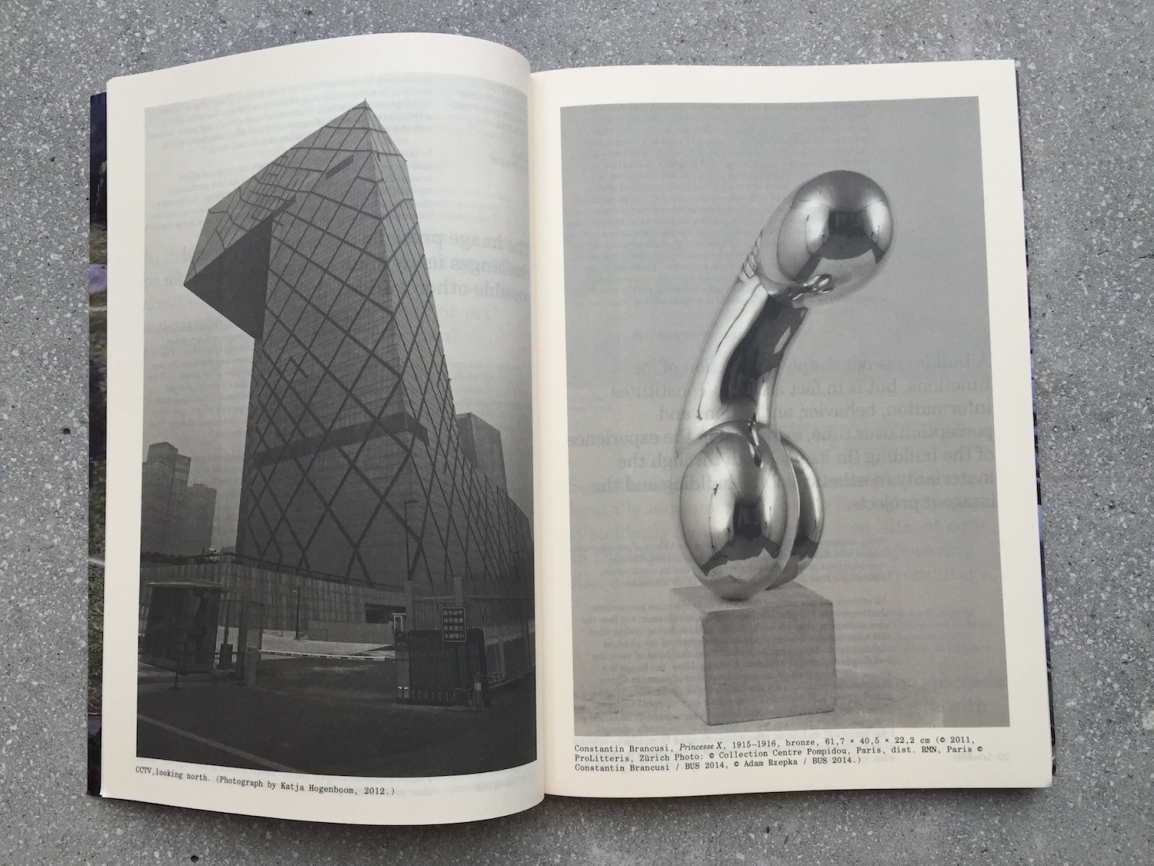LO-RES: "Why architecture needs low-resolution critique" (launch event, Sep 17)
Welcome to the first KTH-A Thursday event of the academic year, highlighting the recently launched architectural theory journal LO-RES. Hailing from the northern edge of Europe, Sweden, LO-RES is published biannually in English, and is supported by ResArc, the Swedish National School of Architectural Research. The editors of LO-RES – Helen Runting, Erik Sigge, and Fredrik Torisson – are hosting the talk, with a contribution from Roemer van Toorn, Professor of Architectural Theory at Umeå School of Architecture.
Tid: To 2015-09-17 kl 18.00
Plats: New KTH School of Architecture, Osquars backe 5, Stockholm (T-bana 'Tekniska Högskolan')

LO-RES is an international architectural theory journal. Eschewing the slick, the finished and the true in favour of the tangential, the speculative and the fuzzy, LO-RES publishes essays on architecture that resonate at lower resolutions. In an over-saturated discourse that is full of sharp images which reveal very little, we believe that lo-fi commentary, plagued by interference and inconsistencies, both travels further and says more.
Hailing from the northern edge of Europe, Sweden, LO-RES is published biannually in English, and is supported by ResArc , the Swedish National School of Architectural Research.
HELEN RUNTING
Helen Runting is an urban planner and designer, and a PhD student within at the KTH School of Architecture. Her research addresses practices of criticism and the relation between art, architecture, and urban planning.
ERIK SIGGE
Erik Sigge is an architectural historian and preservationist, currently pursuing a PhD in history and theory of architecture at the KTH School of Architecture in Stockholm.
FREDRIK TORISSON
Fredrik Torisson is an architect and writer, and a PhD student at the Department of architecture and the built environment at Lund University.
ROEMER VAN TOORN
Roemer van Toorn is Professor of Architectural Theory at Umeå School of Architecture. He is currently investigating how different contemporary practices can make architecture politically under the title Aesthetics as a Form of Politics, while also finalizing his Society of the And text-image publication
